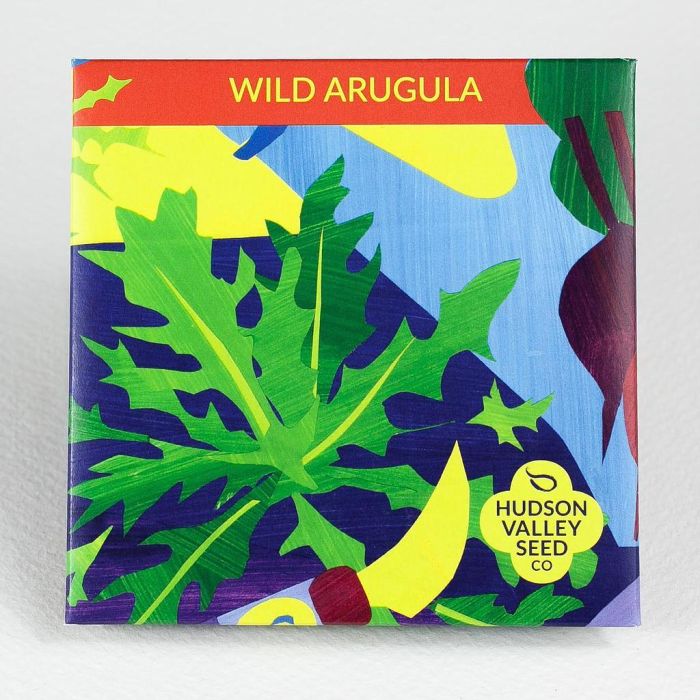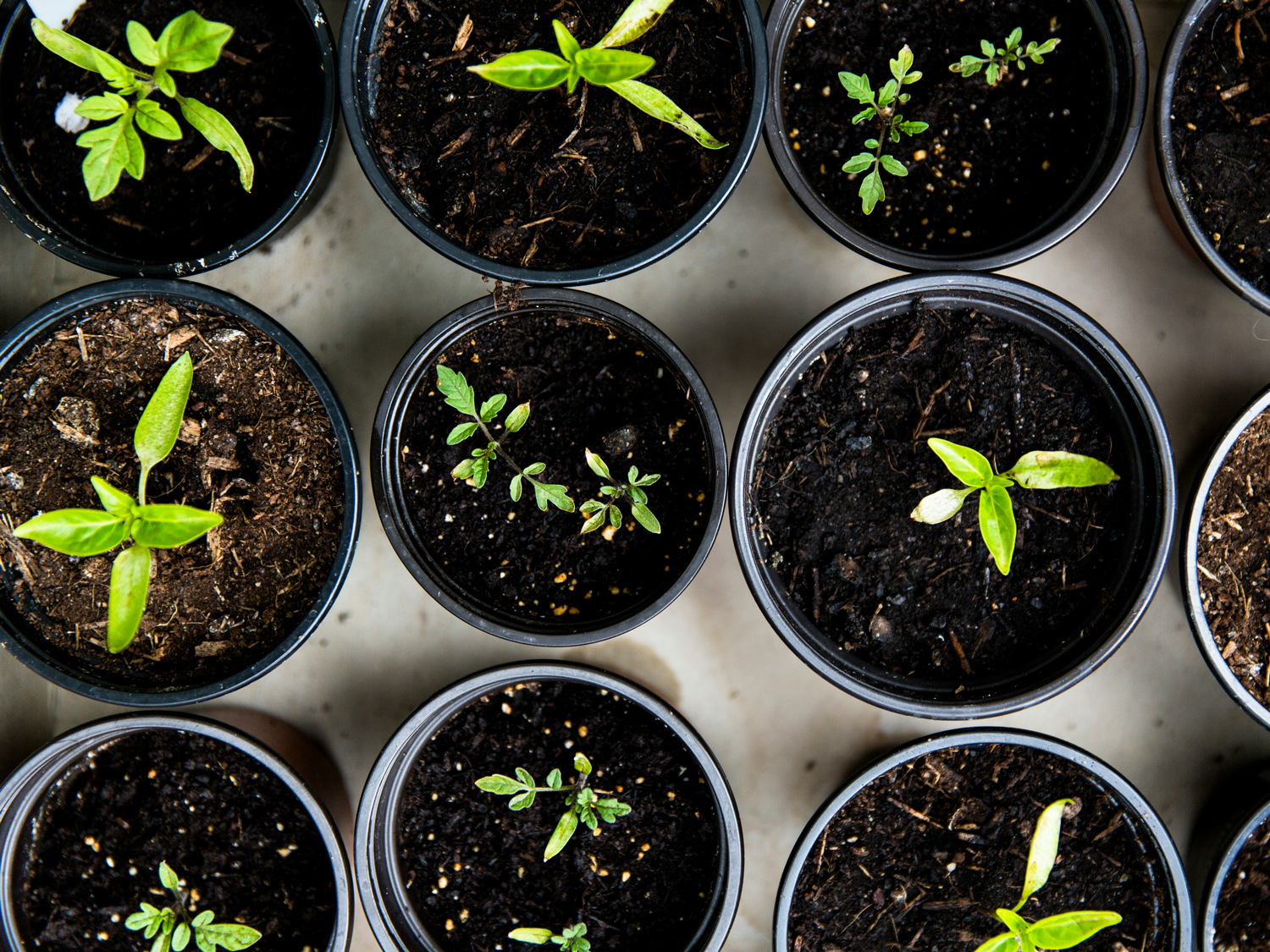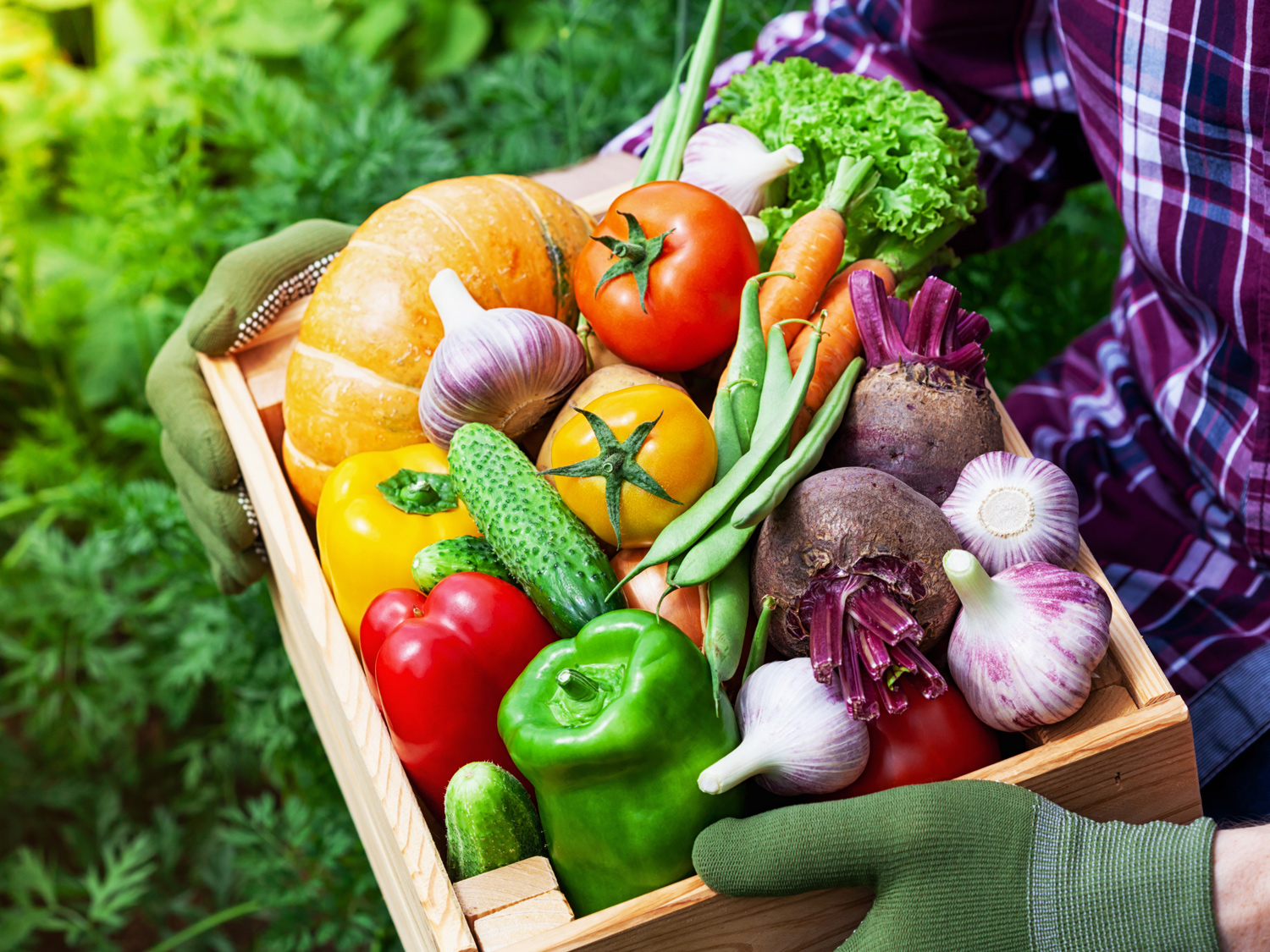Diplotaxis, Arugula 'Wild' Organic ~ 250 seeds


- Sun Preference
- Full-Sun, Part-Sun, No-Sun
Description
Diplotaxis tenuifolia
Certified Organic
Smaller, punchier, and hardier than standard arugula.
If you already like arugula, you'll like wild arugula even more. If you already dislike arugula, well, steer clear. Wild arugula has an amplified arugula flavor, while its smaller leaves and pretty color make for a refined impression. Grab a small handful and toss chopped into a salad for a terrific arugula bite, or steam older leaves for use as a side green.
Seed Starting Successfully
Start your garden from scratch with Gertens' wide variety of seed packets! Whether you're a seasoned gardener or just starting out, we have seeds for every skill level and garden size. From colorful flowers to delicious vegetables, our seeds are carefully selected for their quality and performance.
Details
What makes one plant tame and another wild? People have co-evolved with plants over thousands years. We have changed plants and they have changed us. Many of our sweetest foods are the most cultivated. But some plants have held onto the spicy, spiky, and wild ways they use to ward off hungry creatures that might browse” and destroy” them. Wild Arugula is right on that cusp, tame enough to be delectable, and wild enough to keep our taste buds on their toes.
If you already like arugula, you'll like wild arugula even more. If you already dislike arugula, well, steer clear. Wild arugula has an amplified arugula flavor, while its smaller leaves and pretty color make for a refined impression. Grab a small handful and toss chopped into a salad for a terrific arugula bite, or steam older leaves for use as a side green.
This variety is suitable for growing as a microgreen.
Growing Instructions
Direct sow as soon as soil can be worked. If transplanting, do so promptly; seedlings grow quickly and checked growth can cause premature bolting. Harvest when young for fresh use, when slightly older for braising. It can become stressed in mid-summer but loves cool weather and will thrive throughout the rest of the season, making it ideal for succession sowing. Very hard: will grow through winter with the protection of a cold frame or low tunnel.
Quick Facts
Days to Germination: 3-10 days
Days to Maturity: 30-50 days
Planting Depth: ¼-½"
Spacing in Row: 4-6"
Spacing Between Rows: 12-16"
Height at Maturity: 3-6"
Width at Maturity: 6-12"
Sun Preference: Full to Little Sun
About the Artist
Artwork by Natasha Zahn. Natasha brings out the bright and bold flavor of wild arugula in her garden-centered cut paper collage. Surrounded by sweeter and tamer varieties, this variety is a perfect pairing in any fresh-picked meal.
More Information
| Brand | Hudson Valley Seed Co |
|---|---|
| Seed Packet Type | Vegetables |
| Common Family Name | Arugula |
| Sun Preference | Full-Sun, Part-Sun, No-Sun |
| Deer Resistant | No |
| Harvest Time | Spring, Fall |
| Plant Life Cycle | Perennial |
| Mature Height (Range) | 37" - 48" |
| Spacing Between Rows | 12-16" |
| Spacing in Row | 4-6" |
| Planting Depth | ¼-½" |
| Days to Germination | 3-10 days |
| Days to Maturity | 30-50 days |


